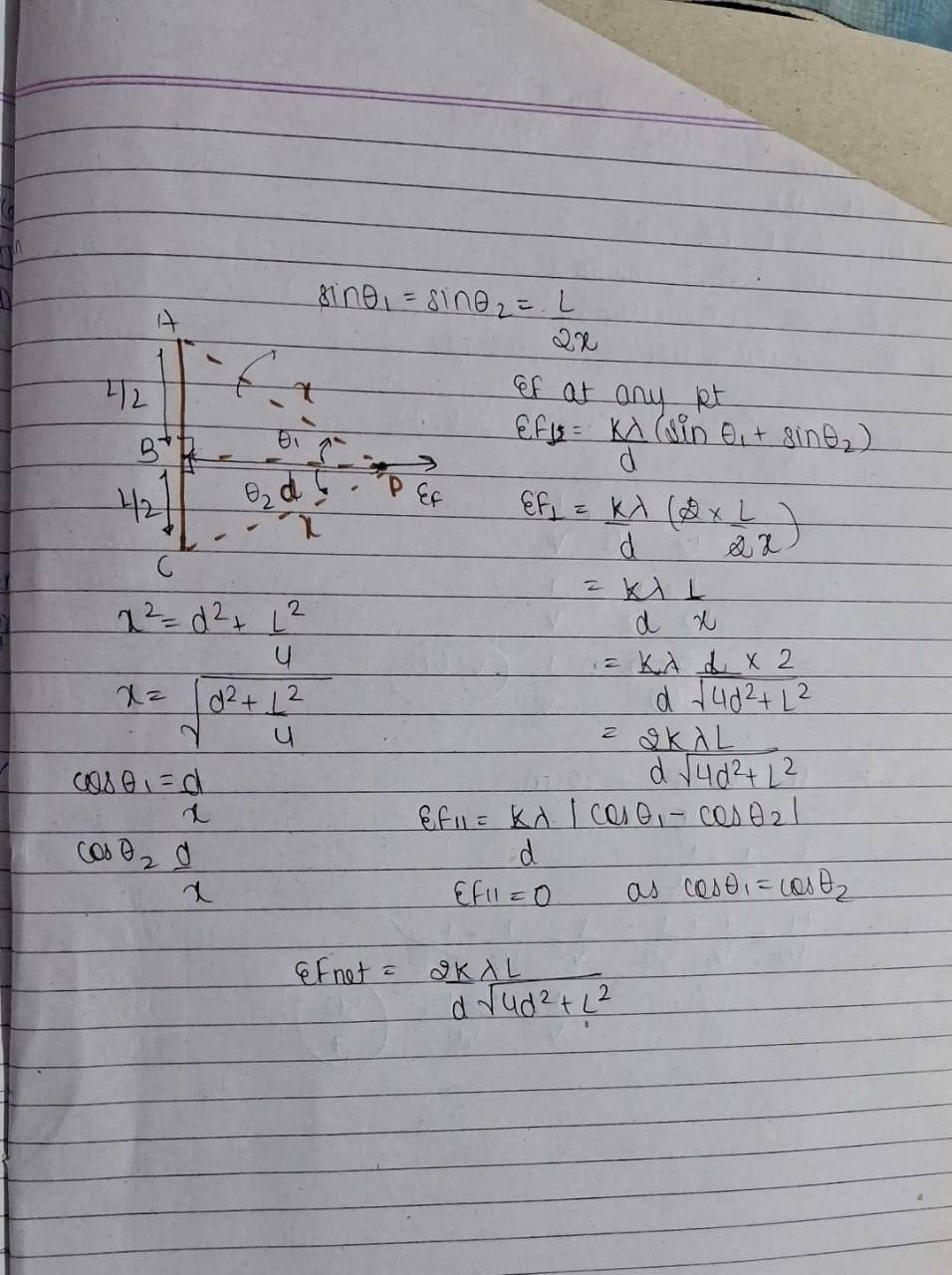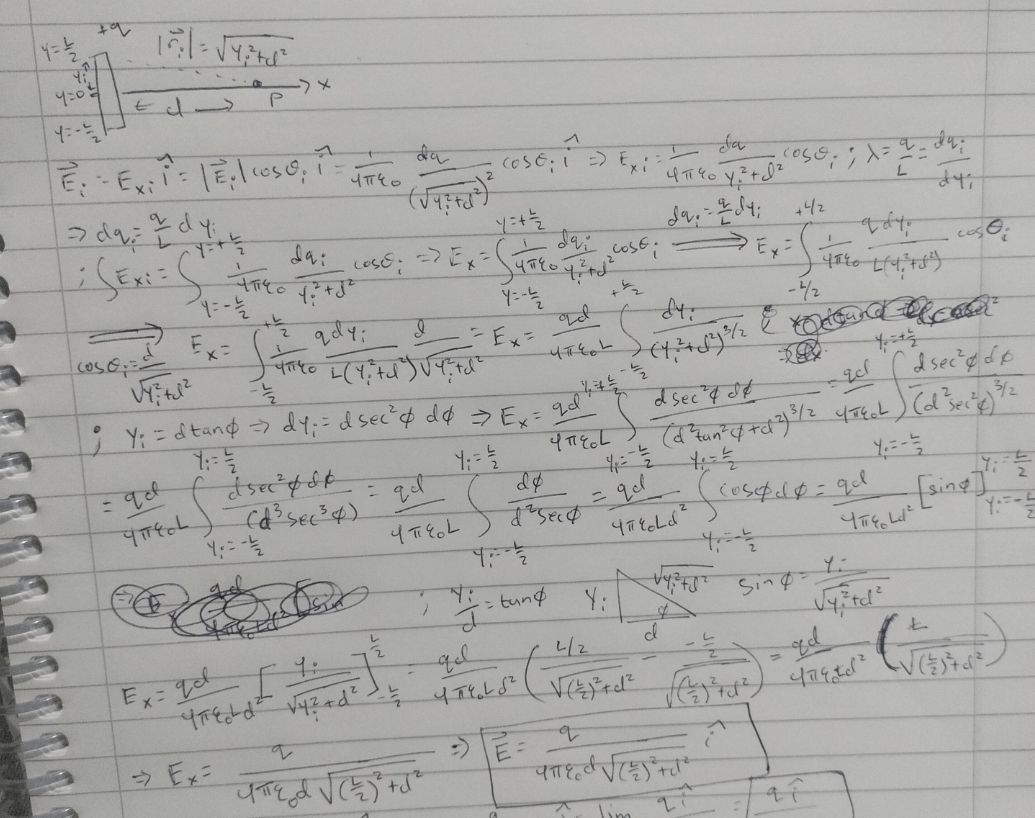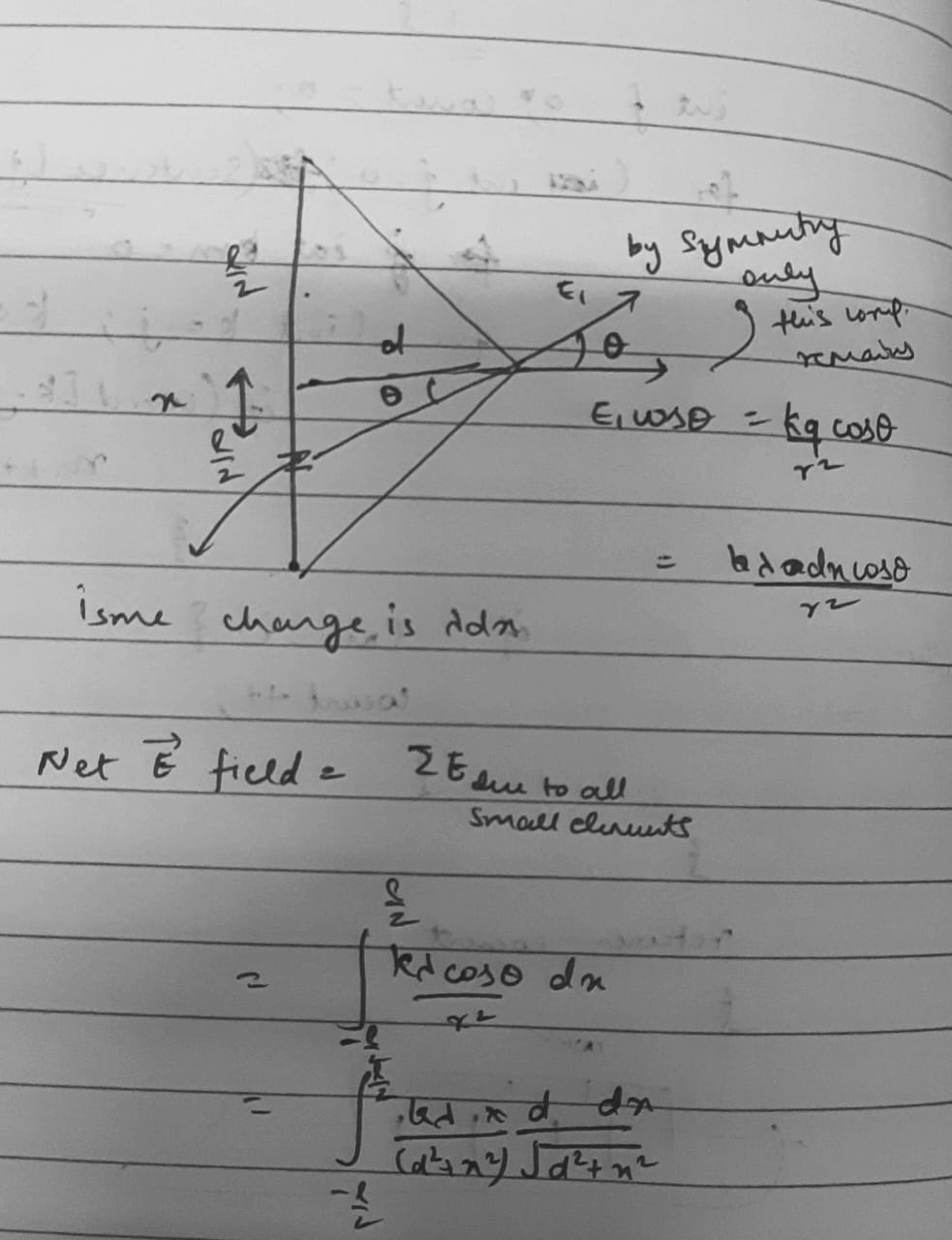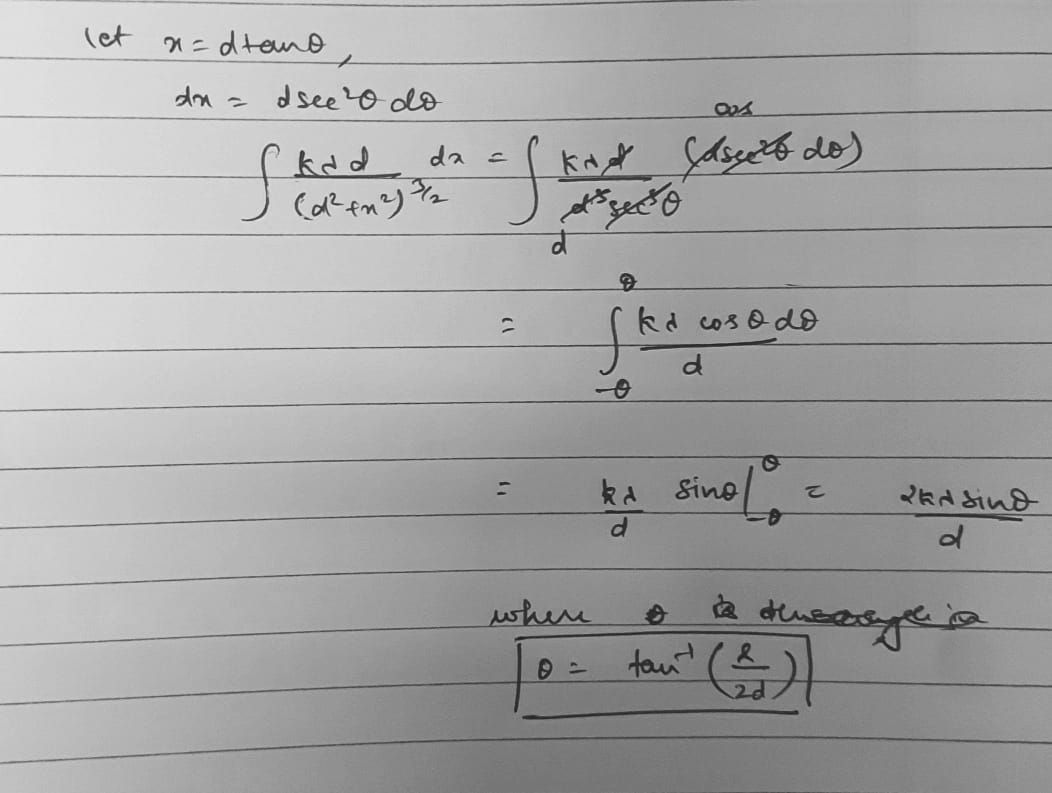Electric field
Saw this question in a server, found it wonderful but the solution they gave was SOOOO long, I wanna know if a easier way is there
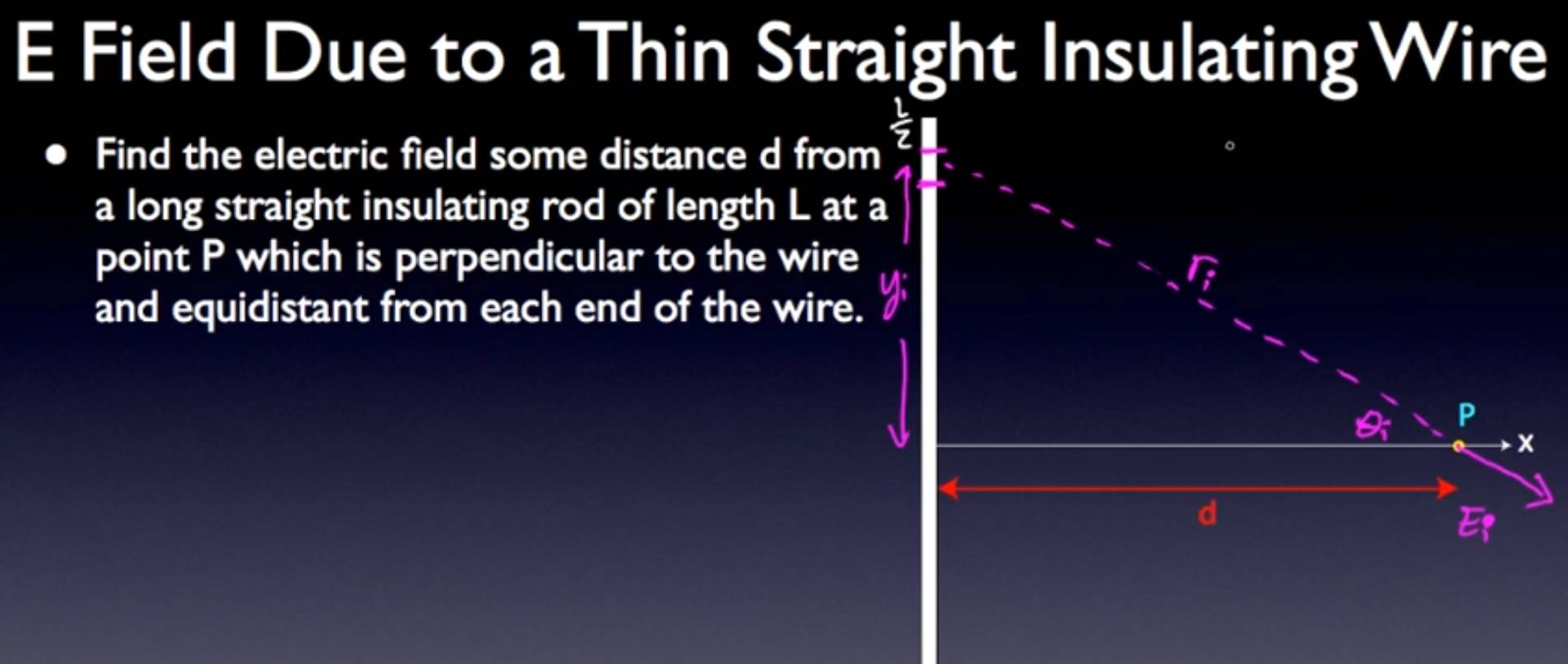
+solved @user1 @user2...